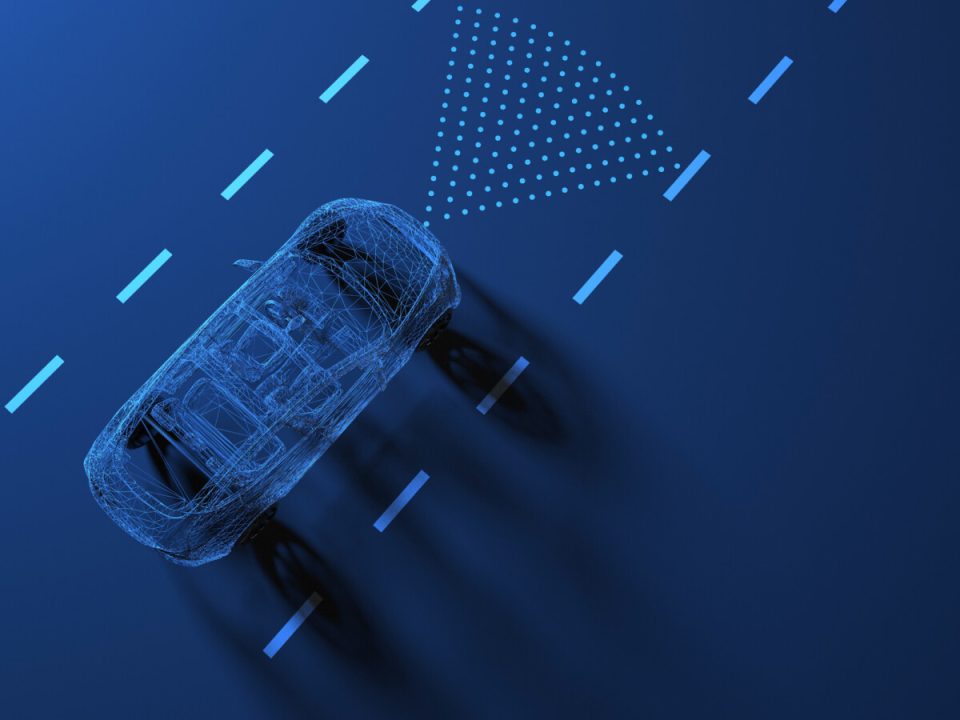About the authors:
Howard Read: Howard is a partner and patent attorney. Having worked in industry and the academic sector before joining the profession, Howard understands the challenges faced in these areas and appreciates the commercial realities of, and the value derivable from, intellectual property.
Paul Roscoe: Paul is a senior associate and patent attorney. Paul has experience of subject-matter including engineering, electronics, and computer-implemented inventions, and in particular, artificial intelligence applications.
Matthew Bennett: Matthew is a European & UK patent attorney within the electronics and software team at Appleyard Lees. On the software side he specialises in artificial intelligence ‘AI’ and related technologies. On the electronics side Matthew works on varied technologies including, notably, nuclear fusion, for which he also has a specialist interest arising from his PhD in plasma physics.
In 2020, the UK Intellectual Property Office (IPO) published a call for views on the patentability of artificial intelligence (AI) inventions. In March 2021, the UK government committed the IPO to publish enhanced guidelines on the examination of patent applications relating to AI inventions. On 22 September 2022, these guidelines were published – Examining patent applications relating to artificial intelligence (AI) inventions – GOV.UK (www.gov.uk).
As expected, the new guidelines do not depart from the established position with respect to AI inventions. However, the new guidelines provide useful scenarios against which AI inventions may be benchmarked on the likelihood of avoiding (or overcoming) an excluded subject matter objection.
Although the subject of patentability of AI inventions is still nuanced, the new guidelines reinforce:
- AI as a tool to contribute to (solve a problem of) a “real-world” technical process, inside or outside of a computer, is a good candidate for patent eligibility (i.e. is likely to avoid an excluded subject matter objection), and may be protectable by a suitable computer implemented method claim; and
- AI in and of itself (i.e. an algorithm in the abstract), methods of training, datasets, etc, are unlikely to be patent eligible without a real-word process to link them too, or without some specific hardware considerations.
One of the main concepts introduced by these guidelines is the categorisation of AI to be used when assessing AI inventions: “Applied AI” and “Core AI”. Both categories may include patent eligible subject matter and patent ineligible (excluded) subject matter, although allowable subject matter is more likely to be found in the “Applied AI” category.
As such, this introduction is something patent practitioners and decision makers should consider as we move forward into a new age of UK IPO examination of AI patent applications. What these new terms mean at the UK IPO, and how they relate to excluded subject matter, is summarised below.
Applied AI
The UK IPO considers Applied AI inventions to be those in which the AI is a tool to solve a problem in a technical process outside the computer, carry out control of such a process, and/or which makes the computer run better.
In general, Applied AI inventions are more likely to be considered patentable inventions at the UK IPO compared with Core AI inventions.
From existing case law on computer implemented methods, we know that technical processes “outside” a computer may include image processing (Vicom) and drill bit design (Halliburton). Although the computer implemented methods in these cases were not AI related, it can be extrapolated that if they had been, examples such as these would similarly be considered patent eligible “Applied AI” inventions (i.e., not subject matter excluded) under the new guidance.
Oftentimes, patent offices are happy to provide examples that are excluded from patentability but are reluctant to provide positive examples that constitute patentable subject-matter. Helpfully, the new example scenarios provide positive guidance on AI inventions which would not be excluded from patentability on the basis of relating to a technical process outside of the computer :
| AI invention | Technical process outside the computer |
| Using multiple neural networks to perform automatic number plate recognition. | Image processing |
| Using AI to monitor a gas supply system for faults based on sensor data. | The gas supply system |
| A neural network to classify a movement vector based on sensor data. | Use of real world sensor data related to physical motion |
| A neural network classifier to detect cavitation in a pump system based on flow rate and pressure | The pump system |
| A neural network to output a control signal for a fuel injector in a combustion engine | Generating a control signal for changing fuel injection. |
| Estimating percentage of blood ejected during a heartbeat based on a heart image | Improved measurement of the ejected blood. |
Symbian provides an existing case law example of a (non-AI) computer-implemented method which made a computer work better. That is, Symbian solved a technical problem lying in the computer itself and so had the “knock on effect of making the computer work better as a matter of practical reality”. Similarly, had the Symbian case involved an AI component, it could be extrapolated that it would now be considered an Applied AI invention which would not be excluded from patentability.
Looking again to the examples, we find guidance for which we now may better assess AI inventions which improve the computer itself and which therefore may not be excluded from patentability:
| AI invention | Computer problem solved |
| Using a neural network to optimise data removal from a data cache. | Improving memory hierarchy |
| Determining a malicious user login using a machine learning model to analyse a behaviour score. | Detecting malicious intrusion (by monitoring internal workings of the computer). |
| Predictive text entry for a virtual keyboard using a neural network to rank words. | Text entry operation of the computer device. |
Applied AI inventions which would be considered excluded from patentability are those for which the technical process itself is excluded (e.g., a business method) or simply relate to processing a specific type of data (e.g., grouping data into subsets, such as a junk email filter).
Core AI
In contrast to Applied AI, Core AI inventions are those which advance the field of artificial intelligence itself – i.e., the models and algorithms.
Referring once again to the established case law, the guidance reiterates that Core AI inventions making a technical contribution are patent eligible, while those that do not are not. The UKIPO expects that technical contributions for Core AI inventions may be found in whether the invention operates at the architecture level of the computer (i.e. irrespective of the data being processed), causes the computer to operate in a new way, or increases speed or reliability of the computer.
Satisfying one or more of these criteria typically requires a tangible link to a computer system’s hardware, and so this new guidance appears to establish that the UK IPO position on Core AI inventions is that they must be intrinsically linked to the hardware implementing the AI in order to be considered patent eligible – e.g., a hardware unit operating in a new way, or a new physical combination of hardware. Such examples are:
| AI invention | Technical effect |
| Operating a neural network using heterogeneous computing resources to share processing load, and modifying processor clock frequency so that processing finishes simultaneously. | A process for operating a computer in new way due to control of the processor clock frequency. |
| performing machine learning calculations in a processing unit that generates an address index identifying memory addresses at which non-zero input data values are stored, and that uses the address index to provide non-zero input data values to an array of processing elements | Operating the computer in a new way and improving computational efficiency. |
| Machine learning method using a new topology and data exchange that optimises the ML task on a distributed computing system. | Operating the computer in a new way due to the new topology (arrangement of hardware). |
Examples of excluded subject matter AI inventions include optimising a neural network through a particular training regimen, executing a neural network only under certain conditions (such as focussing on a particular subset of data), and active training of a network (i.e., identifying what additional training data might improve the model).
Ways to claim an AI invention
In addition to which applications of AI are excluded from patentability and which are not, the guidelines also provide clarity in terms of which aspects of the AI model can be independently protected.
It is clear from the guidelines that it is possible to obtain protection for computer-implemented methods of running inference on AI models and for computer-implemented methods of training the AI models. Another type of method to bear in mind is a method of generating training data, e.g. using a generative adversarial network (GAN), which is acknowledged in the guidelines as being allowable. However, unlike the EPO, we have experienced disunity objections in real life triggered by including both in the same application.
An independent claim to a dataset used to train an AI model is described as being potentially patentable, but is much more difficult to patent than methods of training an inference of AI models. Therefore, it may be more realistic to protect a dataset using indirect infringement as an essential feature of training an AI model.
In-spite of such challenges in protecting a dataset, the guidelines do explain that it is important to at least define the dataset in enough detail in the detailed description so as not to run into any sufficiency problems.




















